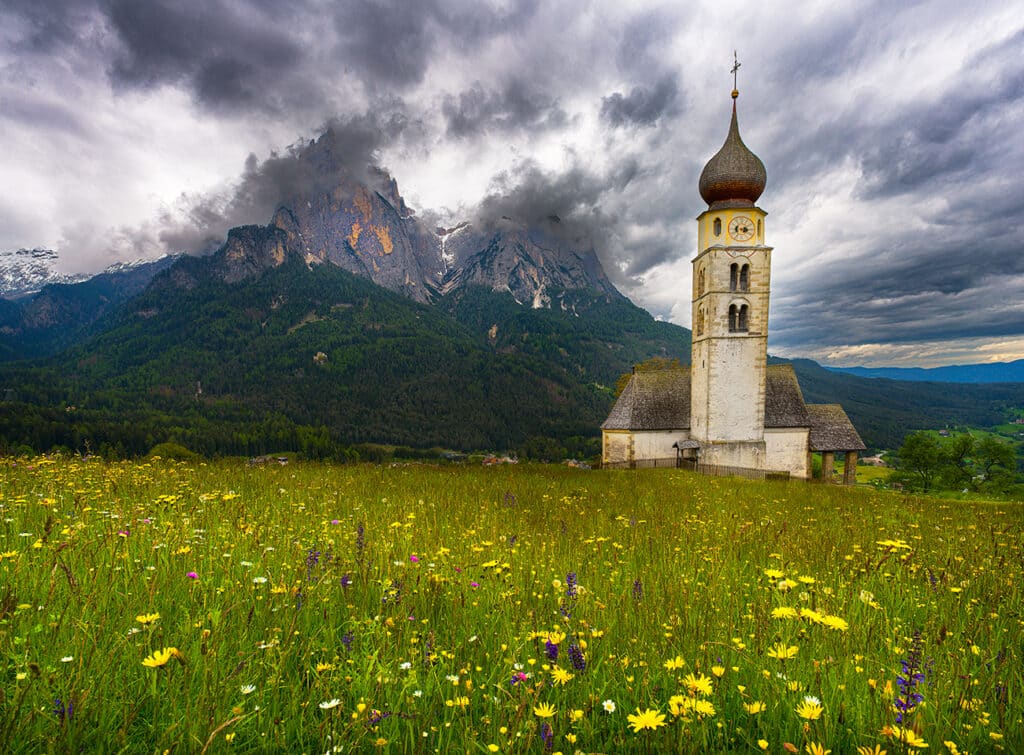From Lens to Canvas: Transforming Nature Photography into Archival Art Pieces

Nature photography is more than just capturing breathtaking landscapes, flora, and fauna; it is a creative process that immortalizes moments of natural beauty for all to admire. But what if you could take your stunning nature photographs and turn them into physical art pieces that stand the test of time? This transformation from digital images to archival canvas prints opens a new world of possibilities for photographers and art lovers alike. In this blog, we’ll explore the step-by-step process of transforming nature photography into archival canvas art, highlighting the importance of archival materials and printing techniques to preserve these works for future generations.
The Essence of Nature Photography
Nature photography is a captivating art form that allows individuals to connect with the natural world in ways they may not experience firsthand. From the vibrant colors of a sunset over a mountain range to the intricate details of a wildflower in bloom, nature photography brings the beauty of the outdoors to people’s homes. It evokes emotions, inspires conservation efforts, and reminds us of the fragility of the ecosystems around us.
However, the digital realm—where most photography now exists—has limitations. Photos on a screen can lose their impact when viewed amidst the constant flood of online content. Transforming these digital images into tangible art, such as archival canvas prints, brings the viewer back to a focused and immersive experience. By turning your nature photography into high-quality archival art, you give it the platform it deserves to make a lasting impression.
The Archival Canvas Print: Why It’s Important
When considering the preservation of your nature photography, not all print mediums are created equal. Archival canvas prints are designed to last for decades without fading or deteriorating, thanks to the use of museum-grade materials and professional printing techniques. Archival prints are made using acid-free canvases, high-quality inks, and UV-resistant coatings that protect the artwork from environmental factors such as light exposure, humidity, and dust.
The benefits of archival canvas prints go beyond just longevity. These prints offer a textured, three-dimensional feel that enhances the depth and realism of nature photography. They also provide a more painterly look, bridging the gap between photography and traditional fine art, making the image more suitable for framing and display in galleries, homes, or offices.
Step 1: Choosing the Right Photograph
The first step in transforming nature photography into archival art is selecting the right photograph. Not all images translate well onto canvas, so it’s essential to choose a photo that has:
- High Resolution: A high-resolution photograph ensures that the details of your nature scene, whether it’s the veins of a leaf or the feathers of a bird, remain sharp when enlarged. Canvas prints often require large dimensions, so a resolution of at least 300 DPI (dots per inch) is recommended for quality results.
- Strong Composition: Nature photography is known for its captivating compositions, whether through the use of natural framing (like trees or rock formations) or leading lines that guide the viewer’s eye through the image. Photos with balanced compositions tend to stand out when printed on canvas, as they create a more immersive viewing experience.
- Vivid Colors or Textures: Nature photography is rich in color and texture, which are further accentuated when printed on canvas. Photographs with bold contrasts, dynamic lighting, or unique textures—such as the bark of a tree or the flow of water—make for stunning art pieces.
Step 2: Preparing the Image for Print
Once you’ve selected the perfect photograph, the next step is preparing the image for printing. Editing software like Adobe Photoshop or Lightroom can help enhance the image’s quality and ensure it’s ready for print.
- Color Correction: Even the most stunning nature photographs may require a bit of color correction. Adjusting the brightness, contrast, and saturation can help bring out the richness of colors in the photograph, making the final print more visually striking. Be mindful of over-saturation, as this can create unnatural hues.
- Cropping: Cropping may be necessary to fit your image onto the canvas properly. Most canvas prints have a wrapped edge, meaning the edges of your image are wrapped around the frame, so you need to account for this when cropping. Ensure that no vital parts of the photograph (such as a subject’s face or the main point of interest) are too close to the edges.
- Sharpening: Sharpening the image helps enhance the finer details, especially for wildlife photography, where intricate textures like fur or feathers need to be crisp and clear. However, use this tool cautiously—over-sharpening can introduce unwanted artifacts into the image.
- Soft Proofing: Soft proofing allows you to simulate how your photograph will appear when printed. Most printing services offer soft proofing tools to ensure that the colors and details will remain consistent on canvas. This step is crucial for ensuring the accuracy of the print.
Step 3: Choosing the Right Canvas and Materials
Not all canvases are the same. Archival canvas prints use high-quality, acid-free materials to ensure that the artwork is durable and resistant to fading. Here’s what to consider when choosing your canvas:
- Material: Look for 100% cotton or poly-cotton blend canvases. These materials are more durable and offer a natural texture that enhances the photograph’s appearance. Cotton canvas is known for its ability to hold detail and color, making it a popular choice for fine art and photography prints.
- Inks: Archival inks are essential for longevity. Pigment-based inks, rather than dye-based, are typically used in archival printing. These inks offer vibrant colors and are resistant to fading due to their ability to withstand exposure to UV light.
- Coating: Many archival canvas prints are coated with a protective UV-resistant layer. This coating shields the print from sunlight, moisture, and other environmental factors that can damage the artwork over time. Some coatings also enhance the colors and provide a slight gloss, giving the print a more finished look.
Step 4: Printing Your Nature Photograph
Now that your photograph is ready, it’s time to print. Most photographers work with professional printing services that specialize in fine art and archival printing. These services offer state-of-the-art printing technology and expertise in handling large-format prints.
- Giclée Printing: Giclée printing is the preferred method for producing archival-quality prints. This technique involves spraying millions of tiny ink droplets onto the canvas, ensuring smooth transitions between colors and fine details. Giclée prints are renowned for their color accuracy and durability, making them an excellent choice for nature photography.
- Canvas Stretching: After printing, the canvas is stretched over a wooden frame. The process involves carefully wrapping the edges of the canvas around the frame to create a taut, smooth surface. Gallery-wrapped canvases, where the image continues around the sides of the frame, offer a sleek, modern look without the need for additional framing.
Step 5: Display and Preservation
Once your archival canvas print is complete, proper display and care are essential for preserving its beauty. Avoid hanging the print in direct sunlight or in areas with high humidity, as this can cause fading or damage over time. Dust the print regularly and avoid using harsh chemicals or cleaners on the canvas.
If you plan to sell or exhibit your archival prints, consider adding a certificate of authenticity, which includes details about the materials used, the artist’s signature, and the edition number (if it’s a limited edition print). This adds value and credibility to your artwork.
Conclusion: Immortalizing Nature’s Beauty on Canvas
Transforming nature photography into archival canvas prints is a rewarding process that brings the beauty of the natural world into people’s homes in a tangible and lasting form. By carefully selecting the right photograph, using archival materials, and working with professional printing services, you can create stunning art pieces that not only capture the majesty of nature but also preserve it for future generations to enjoy.
With the right approach, your nature photography can transcend the digital realm and become a cherished piece of art that stands the test of time.
